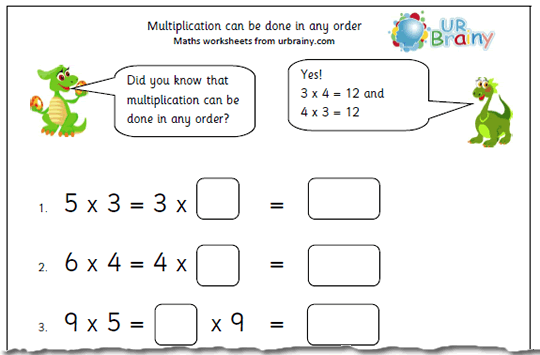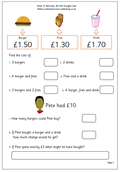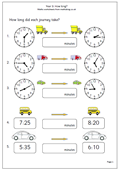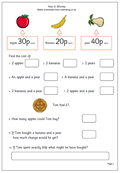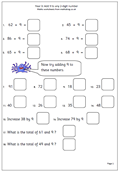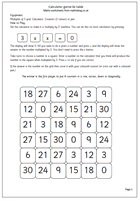 Similar to the 2x table game published last week, this is a game of strategy for two players to help improve knowledge of the 3x table. The aim of the game is to place counters over the numbers to get four in a row, either across, down or horizontally.
Similar to the 2x table game published last week, this is a game of strategy for two players to help improve knowledge of the 3x table. The aim of the game is to place counters over the numbers to get four in a row, either across, down or horizontally.
The Player must say which number they are going for before typing in the multiplication on the calculator and can only place a counter if correct. Try it!

